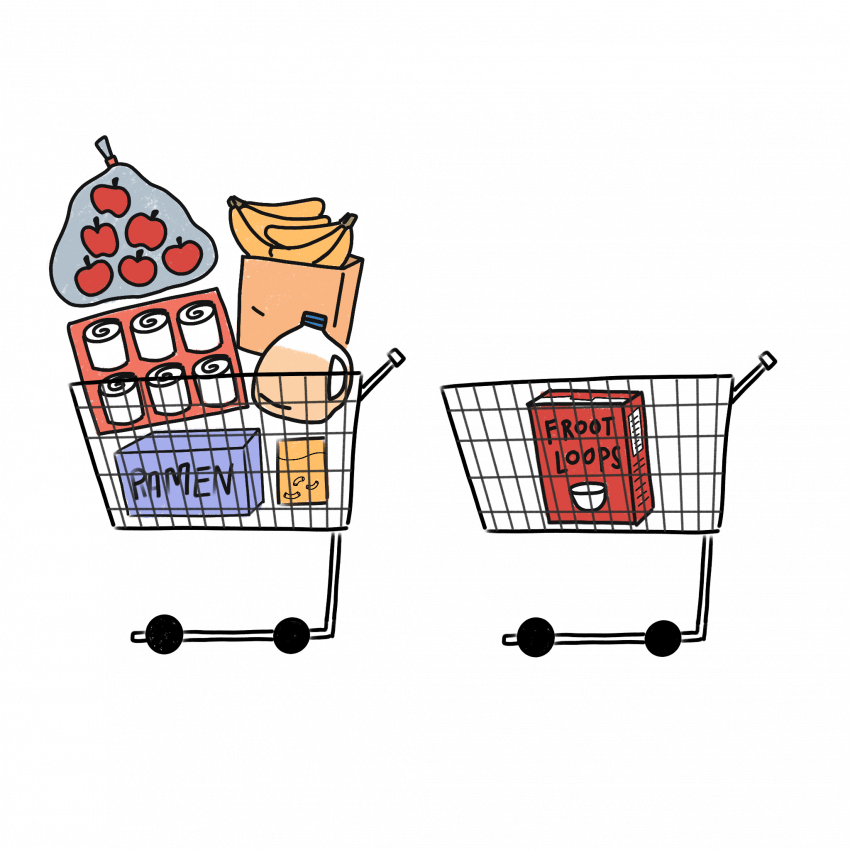
COVID-19 has defined the first half of 2020 and, as the world restarts, it will also greatly shape the next half.
I believe reflection, the process of critically thinking through actions and their consequences, is a necessary step to take after an event, of any scale, has occurred. Asking questions about the matter at hand heightens our awareness of the issue. As provinces, including our own, begin to reopen and slowly create new normalcy, we must reflect and take a critical look at Canada’s pandemic response.
While our country’s response has included many things, from physical distancing measures to economic relief packages, I’d like to focus on where Canada stood in terms of our federal emergency stockpile, particularly in regards to personal protective equipment.
The national emergency stockpile is a resource that local authorities can use when there is an increase in demand for items like PPE. In the face of a pandemic, PPE is key to protecting healthcare workers. With the number of cases rising and testing ramping up, a constant supply of PPE was and will be needed for many months to come. And so, this stockpile is absolutely crucial to Canada being well prepared for a global health crisis.
However, PPE in the emergency stockpile prior to the pandemic was, according to the Globe and Mail, a “fraction of what was required”. Officials say it was set up to respond to the emergency needs of one or two provinces at a time, not the entire country at once, and only for a limited period of time.
To illustrate what a problem this was, let’s use some numbers. On February 12, only a month before the country shut down, the emergency stockpile PPE levels included two million gloves, 94,000 surgical masks, 100,000 N95 respirator masks and 500,000 gowns.
While these numbers seem large, the Globe’s reporting shows that stock was “well below what just one province was predicting it needed for only one week in April”. For example, Ontario predicted to need two million surgical masks and 250,000 N95 respirators, in a week in April. This requirement is significantly above what the stockpile had.
With a pandemic at their doorstep, the lack of preparedness proved to be a problem. Critical supply shortages caused Saskatchewan to allow healthcare workers to start using expired N95 masks from its stockpile. This shortage even led the federal government to pass an interim order allowing PPE to be imported into Canada even if it did not meet Health Canada standards set before COVID-19.
How was the stockpile not better equipped? For starters, the stockpile was not mandated to store significant levels of the needed supplies, nor did it have targets for levels of PPE. Furthermore, the federal agency did not know provincial and territorial stockpile levels.
These are some major red flags — the first thing a stockpile should be is a well-stocked storage of supplies, and it must have ways to measure supply needs across the country to be effective.
It is not as if we haven’t ever been here before. Seventeen years ago, after the 2003 SARS outbreak, it became clear that governments needed to stockpile PPE and medical equipment. Instead, the federal stockpile has seen a significant decrease in its budget. In 2010-11, over seven million was spent on warehouse leasing, which was reduced to 2.5-million in 2019.
I firmly believe reflection, however difficult, is a sign of strong leadership and makes us better. While the pain of this pandemic is still fresh and will be felt for some time to come, we must be critical of Canada’s pandemic response, including the national stockpile.
COVID-19 is unlikely to be the only crisis to strike within our lifetimes. With the threat of natural disasters, food insecurity and climate change, we must prioritize emergency preparedness. The stockpile is one part of an intricate set of organizations and practices in place to help our country withstand times of crisis. We must ensure it is ready to face the next impending challenge.
—
Vaidehee Lanke | Opinions Editor
Graphic: Anh Phan | Design Editor